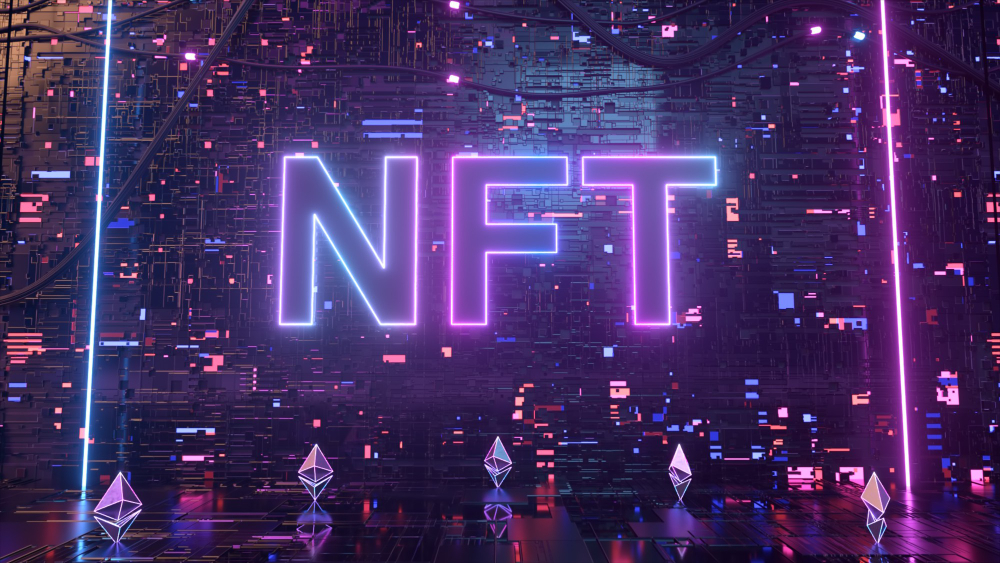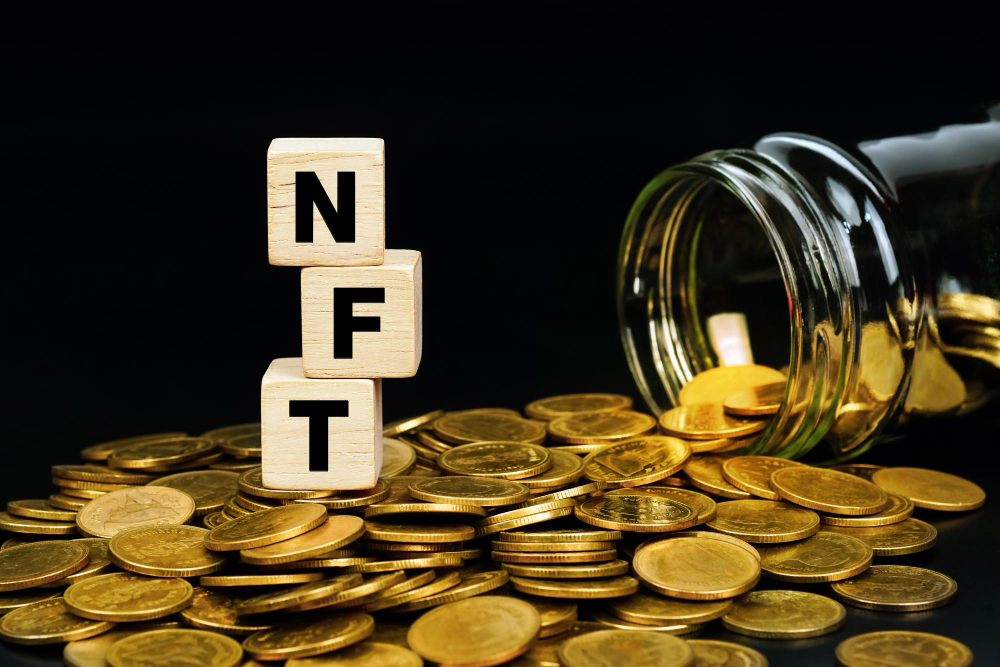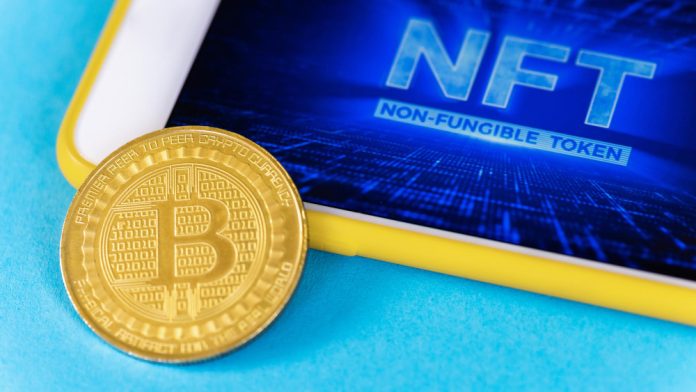NFTs have been part of the crypto community since 2015, but it wasn’t until 2020 that they attracted huge media attention and made headlines left, right, and center. In a short period of time, the NFT marketplace reached a net worth of $15.70 billion in 2021, and it is predicted that it will continue to rise to $122.43 billion by 2028.
The main reasons why so many new investors are interested in NFTs are the successful sale of different art pieces in the NFT market, including Beeple’s ‘Everyday: The First 5000 Days’ collage, which was sold for $69.3 million, the artist Grimes was paid approximately $6 million for her art, and even an article of the New York Times for charity reached an unprecedented value of $560000.
So, it comes as no surprise that NFTs have become the next big thing for individual investors. If you are interested in investing in NFTs but are equally confused by the world of crypto and NFTs, below you will find a detailed guide that will help you learn everything you need to know about them.
Table of Contents
NFTs – Definition
NFTs were built on Ethereum’s blockchain, but they are not similar to cryptocurrencies because they were created with an entirely different purpose in mind. NFT is short for non-fungible tokens, and they are designed to prove the rightful ownership of certain virtual and real items.

Each NFT is unique, and what’s more, it cannot be replaced by another NFT. In other words, NFTs are not interchangeable, and each has a different digital certificate that verifies the ownership of specific assets.
Cryptocurrencies, on the other hand, are meant to be used as online payment options that provide a safe transfer of funds online. They can be traded for other cryptocurrencies and fiat currencies online.
Let’s take the fine-art collection, for example. An NFT can be used to verify a Picasso painting and validate its ownership. But, for now, NFTs are predominantly used for virtual objects that include everything from digital artwork, music, video games, GIFs, social media posts, and articles.
That said, the market is still in its early stages of development, and many saw NFTs as a bubble that will go bust. However, NFTs have real potential in many business escorts, such as finance, supply chain management, and real estate.
NFT and Online Trading
Since the NFT marketplace is decentralized, anyone has a chance to participate and trade on safe NFT trading platforms. Also, in some cases, you will be able to create your own NFTs. Here you will notice that NFTs do share some similarities with cryptocurrencies, and that is blockchain technology.

Because blockchain technology is essentially a decentralized distributed ledger, the marketplace is also distributed, and it is only regulated by the interaction between the market demand and supply. There isn’t any external force or institution that handles the supply of NFTs or impacts the transactions; instead, you can expect the price of NFTs, in general, to be quite volatile.
As we said, the market is decentralized, and anyone can create NFTs, which means there are hundreds of options to choose from. If you don’t know which NFTs are worth your time and money, here, you will find the best NFT to buy for beginners. The detailed review features important and unbiased information that can help you make the right decision for your financial goals.
How to Purchase NFTs
Due to the digital nature of NFTs and the blockchain network, you can easily purchase any NFT of your choice from your best smartphone or computer. All you need to do is complete your research and find reputable trading sites that offer NFTs that you are willing to purchase.
That said, keep in mind because NFTs are recorded and based on blockchain technology, you will need to have a digital crypto wallet. For example, if you’re purchasing NFTs which are based on Ethereum’s network, then you have to have a wallet that supports ETH tokens.

That said, there are some NFT marketplaces where you can use your credit or debit cards in order to purchase NFTs. After the purchase is over, the artist is credited and paid royalties, while your ownership is recorded and publicized on the blockchain network.
Conclusion
In conclusion, NFTs reached a status as a great technological innovation that can be applied to validate the ownership of any asset, and they can be used for fine art collection, real estate, supply chain management, identity identification, and in many other sectors.
But the main reason why there is a sudden interest in NFTs is their money-making potential. In just a short period of time, many successful NFTs were sold that reached a value of millions of dollars.
So, it’s safe to say that in the future, NFTs as cryptocurrencies will reach mainstream adoption.
